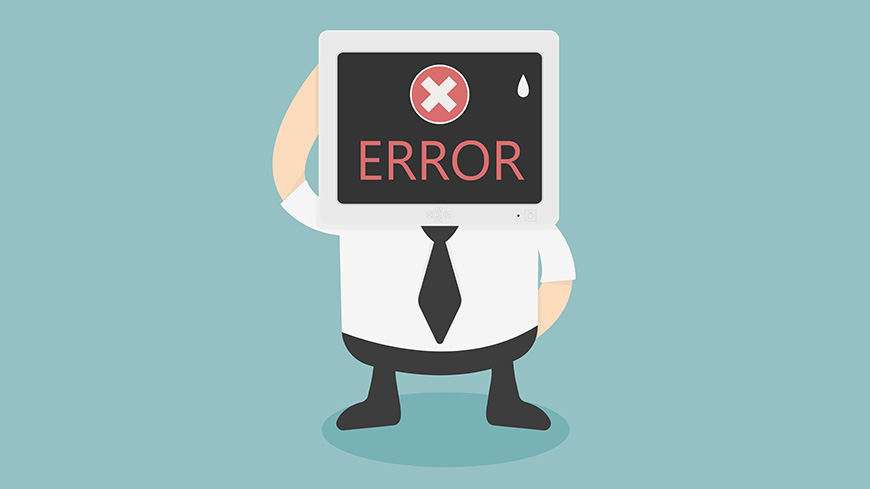
An XML sitemap plays a crucial role in search engine optimisation by helping search engines discover and index the important pages of your website. However, errors in your sitemap can prevent pages from being indexed properly, affecting your site’s visibility on search engines like Google and Bing. Many businesses invest in SEO services Sydney to resolve these technical issues, but understanding common XML sitemap errors and how to fix them can significantly improve your website’s SEO performance.
1. Sitemap Not Found (404 Error)
One of the most common XML sitemap issues is when search engines cannot locate the sitemap file, resulting in a 404 error. This happens when the sitemap is missing, the URL is incorrect, or there is a misconfiguration in the website’s structure. A missing sitemap means that search engines may struggle to discover and index all your web pages efficiently, potentially impacting your rankings.
To resolve this issue, first, check if your sitemap is accessible by visiting yourwebsite.com/sitemap.xml in your browser. If the page does not load, ensure that your CMS or sitemap generator has created the file correctly. WordPress users can enable the sitemap feature using plugins like Yoast SEO or Rank Math.
Additionally, updating your robots.txt file to include a reference to your sitemap can help search engines locate it. Finally, if the problem persists, submit the correct sitemap URL in Google Search Console to inform Google of its existence.
2. Sitemap Not Updating Automatically
If your XML sitemap does not update automatically when new content is added, search engines might not recognise new pages, leading to slower indexing. This issue is particularly problematic for blogs, e-commerce stores, and large websites that frequently update their content.
The best way to fix this is to use an SEO plugin or an automated sitemap generator that updates your sitemap in real-time. In WordPress, plugins like Yoast SEO and All in One SEO provide automatic sitemap updates whenever a new page or post is published. If your website is custom-built, you may need to create a cron job to regenerate the sitemap periodically.
Additionally, manually submitting the updated sitemap in Google Search Console ensures that search engines are aware of the latest changes on your website. Businesses offering SEO services near me often recommend automating this process to avoid delays in content indexing.
3. URLs Not Being Indexed
Even after submitting a sitemap, you may notice that some URLs are not getting indexed by Google. This can happen due to various reasons, such as incorrect sitemap formatting, blocked URLs in the robots.txt file, or Google considering the pages low quality or duplicate content.
To diagnose the issue, use Google Search Console’s Coverage Report, which highlights pages that are excluded from indexing. If pages are blocked by robots.txt, you need to modify the file to allow search engines to crawl those URLs. Another common reason is the presence of a noindex meta tag on certain pages, which tells Google not to include them in search results. Removing this tag from important pages will allow them to be indexed.
If your site has many low-quality or duplicate pages, consider improving content quality and using canonical tags to indicate preferred versions. Many businesses, especially those investing in SEO packages pricing, seek expert guidance to resolve such indexing issues.
4. Incorrect URL Format in Sitemap
Search engines require the correct URL format in an XML sitemap to index pages properly. Issues arise when the sitemap includes HTTP URLs instead of HTTPS, missing trailing slashes, or non-canonical URLs. These inconsistencies can lead to indexing problems and duplicate content issues, affecting your website’s rankings.
To fix this, ensure that all URLs in your sitemap match the canonical version of your website. If your site is on HTTPS, make sure the sitemap reflects this and does not contain HTTP links. Additionally, avoid mixing www and non-www versions of URLs, as this can confuse search engines. Regularly auditing your sitemap using tools like Google Search Console, Screaming Frog, or XML Sitemap Validator can help identify formatting errors and ensure that only valid URLs are included.
Working with SEO consultants Sydney can also help streamline this process and optimise your sitemap structure.
5. Sitemap Exceeds Size Limits
Google allows a maximum of 50,000 URLs or 50MB file size per XML sitemap. If your website exceeds these limits, search engines may not crawl all your pages, leading to incomplete indexing. Large e-commerce websites and news portals often face this issue due to the vast number of URLs generated over time.
The best way to resolve this issue is to split your XML sitemap into multiple smaller sitemaps and link them to a sitemap index file. A sitemap index file acts as a directory that contains links to multiple sitemap files, allowing search engines to crawl them efficiently. Most modern SEO tools and CMS platforms automate this process, ensuring compliance with search engine guidelines.
If your sitemap is still too large, consider excluding low-priority pages, such as tag archives or duplicate content, to optimise crawl efficiency. Businesses looking for the best SEO company Sydney often prioritise proper sitemap structuring to improve site performance.
Wrapping Up:
An optimised XML sitemap ensures that search engines can efficiently crawl and index your website’s most important pages. By identifying and fixing common XML sitemap errors, you can enhance your site’s visibility, improve indexing, and boost search rankings. Regularly monitoring your sitemap in Google Search Console, automating updates, and ensuring the correct URL structure will help you avoid technical SEO issues. If you need expert assistance, consider reaching out to professionals offering SEO in Sydney to ensure your XML sitemap is well-structured and optimised for maximum search engine visibility.




